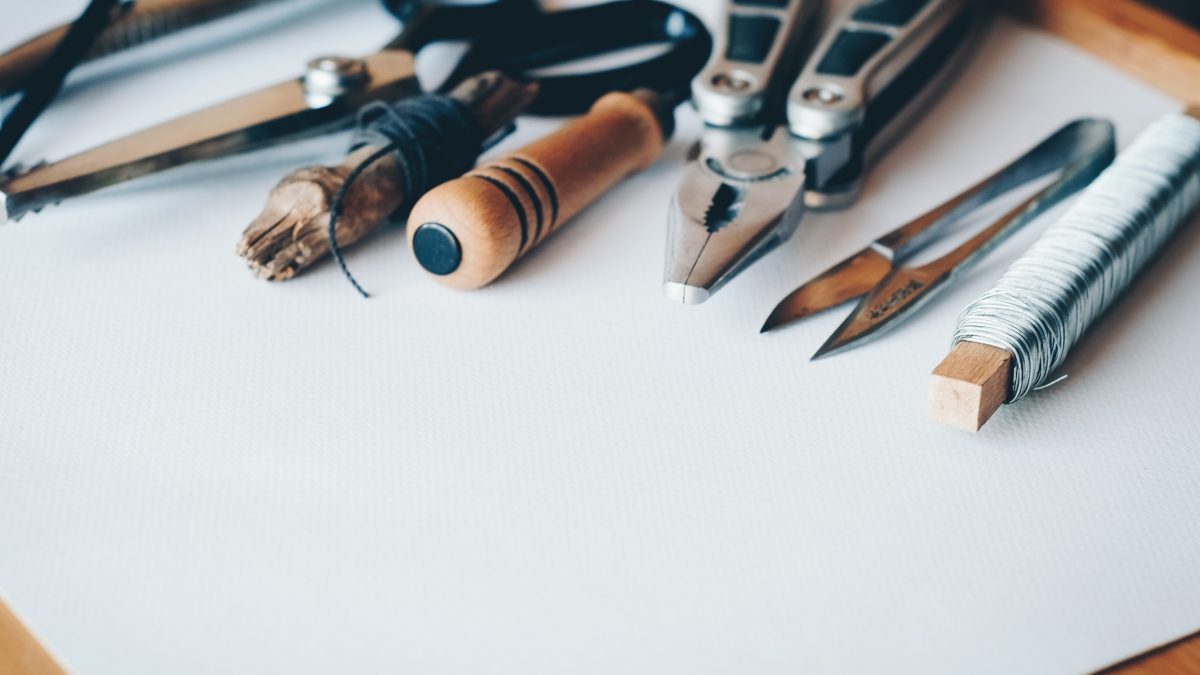Why You Should Avoid DIY Design
With the digital age in full swing, it’s now easier than ever for businesses to take a DIY approach to their design. From website templates to ready-made leaflets, there’s no shortage of online services to help the layperson craft handsome and appealing marketing materials.
But achieving good design, like many things in life, requires a certain degree of skill and technical knowledge. And more often than not the DIY route can lead to some less than desirable results.
So let us take through you through a few of the reasons why it can be beneficial to avoid DIY design.
More time to focus on what you’re good at
More often than not people start businesses to do something they’re good at. Either they have a skill or craft they want to share with people, or they have a product or service they want to sell. In any case, it usually begins with some specialised knowledge or ability.
But it takes a lot to build a successful brand, and the unfortunate truth is that no one’s a master at all trades. So it’s important, for the good of our businesses, to focus on our strengths and acknowledge our weaknesses.
This means bringing in specialists to handle aspects of our brand that we aren’t equipped to deal with ourselves. And in doing this we relieve a lot of self-imposed pressure and free ourselves to focus on more important things.
DIY design diminishes individuality
One of the biggest concerns when using a DIY design tool is that you’ll be working with ready-made templates and icons. At first glance this might seem like a positive thing, because it saves time and money. But the problem is that the resulting designs won’t be unique.
Say for example you want to send out a leaflet. You might decide to log in to a free design-creation tool online and do it yourself. The problem, however, is thateverything that’s available to you is available to others, including your clients. Every template, image, icon, and special font is just as readily-available to anyone else who uses that service.
The inherent risk here is that your marketing material could stand to lose any semblance of individuality. The reason being that not only will customers who recognise the style know it’s not individual. But also that your designs will look similar to a considerable amount of other material floating around on the internet.Especially blogs and infographics.
Your brand’s identity could suffer
Part of your identity is tied in with the your brand’s particular aesthetic. And whatever it is (modern, rustic, colourful, or classical), your business will be associated with a certain look. Using generic templates and images runs the risk of rubbing out some of that identity.
It’s hard to properly communicate the essence of a brand through a pre-existing set of symbols. It’s like taking an orchestral score from one film and slotting it into another. Which is why the DIY approach often leads to confusion amongst clients, and can leave your designs looking strange and out of place.
Templates and samples can be misleading
Most DIY design tools are savvily marketed, and it’s easy to be drawn in by samples and templates. The problem is that most of the samples you see that have been created using a DIY design tool have actually been put together by a professional designer.
This of course makes a lot of sense. If you’re selling a DIY tool then it helps if your clients believe they can actually do it themselves. So to create a stronger allure it makes sense that professional-grade designs would be on display.
The main issue is that even user-friendly software requires some level of pre-existing knowledge in order to be used effectively. In other words, even with the best tools at your disposal, if you don’t have an eye for design then you’ll struggle to make it work.
A professional designer has the knowledge
Experience and expertise is always hard to beat. And the reality is that a professional designer has already mastered the basics. They understand the core principals and rules that govern design. And, over time, they’ve developed an eye for aesthetics.
But beyond that, an experienced designer knows the symbolic and emotional resonance of colours and shapes. So they know how to use their designs to induce feelings of trust, authority, friendliness, or wisdom. Whatever vibe your brand needs to send out, a designer can achieve it skilfully and subtly.
DIY design, on the other hand, often leans more heavily on luck than skill. It requires a lot of guesswork, and a lot of simile hoping that the right choice has been made.
It can devalue your brand
It’s an unavoidable truth that incorporating readymade designs into your marketing could damage the integrity of your brand. It may be that only one out of twenty people notice, which might not sound like much, but it could be enough to turn them away. And to lose even a single prospective client on account of design is too much. Because design should have the opposite effect, it should be attracting clients to your brand.
Also, a well considered and developed design, created with the client in mind, will stand the test of time. It will escape the pitfalls of fads, and will ultimately lift the quality of your brand above most of your competitors.
Ultimately, you could see it as being the difference between handmade and factory produced. It may sound biased (given that Red Square is a graphic design company), but it’s the same across the board. Whether it’s photography, copywriting, or web programming. A bespoke service, tailored to your needs, is always hard to beat.
Good design is good business
Want to learn more about the mechanics and principles of great design? Why not download a copy of our ebook, How Good Design Makes Marketing Sense — it’s free!




